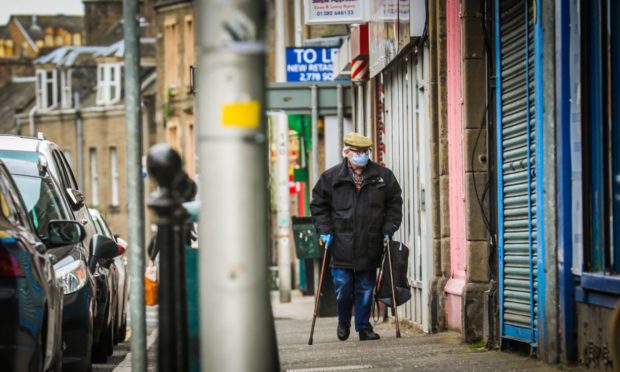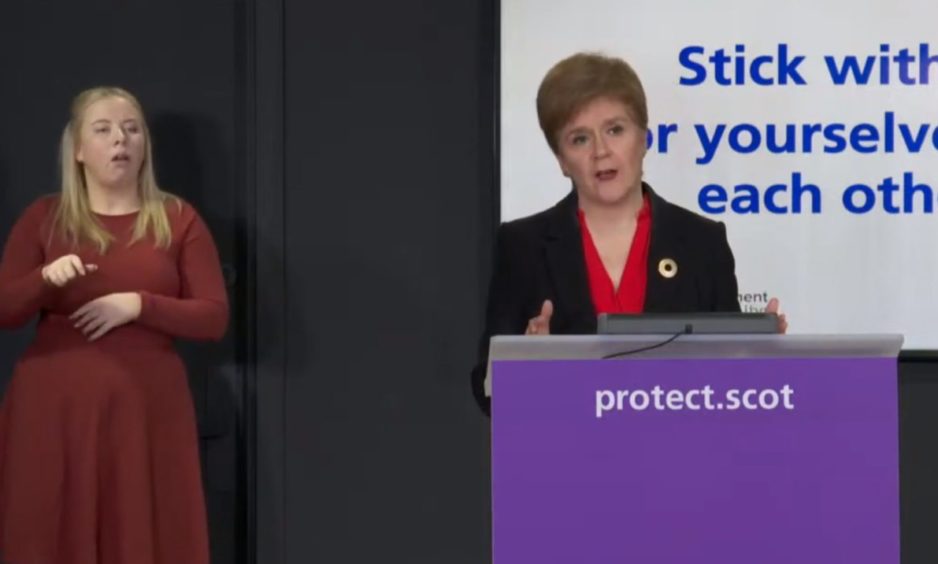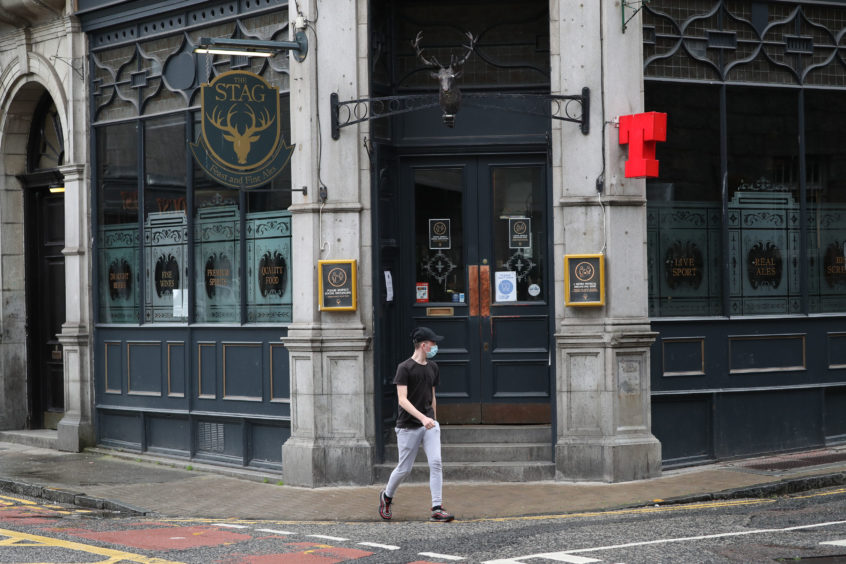MSPs will today debate Scotland’s new five-tier system of tackling coronavirus.
The government has drawn up the new system and if approved, it will come into force on November 2.
The new measures will be part of a “strategic framework” to help manage the acceleration of virus cases through the winter months and early part of next year.
It will involve different levels of restrictions that can be applied nationally or regionally depending on the level of infection.
The schedule
The debate is expected to begin in the Scottish Parliament at 3pm today.
If the draft framework is approved by MSPs, ministers will then decide later in the week which lockdown levels will apply to different parts of Scotland.
Opposition parties have been consulted during the process and will have the opportunity to have their say on the plans.
In her daily briefing yesterday, First Minister Nicola Sturgeon said there was unlikely to be an immediate change for many areas of Scotland when the system takes effect.
However, there have already been numerous reports of which tier areas will find themselves in.
Restrictions across the Highlands, islands and Moray are expected to be rolled back.
Low infection rates should enable the Scottish Government to place the five council areas into tier one.
North and South Lanarkshire are being considered being put under the highest level of Covid-19 restrictions.
The “level of concern” in those areas means the use of Tier 4 measures cannot be ruled out.
What do each of the five tiers involve?
Speaking last week, Ms Sturgeon said the lower level will be “the closest to normality that we can reasonably expect to live with until we have a vaccine or a more effective treatment for this virus”.
She said: “When England published their system the chief medical officer at the time said he thought the top level was not enough to necessarily, in all circumstances, get the virus down.”
Tier 0
In Tier 0 areas, eight people from three households will be able to meet inside homes, and 15 people from five households can gather outdoors.
Schools and most businesses will remain open, although pubs and restaurants may have a curfew.
Life events such as weddings and funerals will be allowed with a maximum of 50 people in attendance.
Tier 1
In Tier 1, meetings in homes and outdoors will be limited to six people from two households.
Small indoor seated events will be allowed although outdoor standing events will be banned.
Life events will be reduced to a maximum of 20 people.
Only those who cannot work from home should go to their place of employment but schools will remain open with enhanced protective measures in place.
Tier 2
In Tier 2, different households will not be able to meet in homes.
Stadium gatherings and events will be banned, other than those which are drive-in.
Venues such as soft play centres, funfairs and theatres will be shut.
Cinemas and amusement arcades will remain open.
Pubs will be allowed to open indoors as long as they serve a main meal.
Schools will remain open with enhanced protections in place.
Tier 3
With a Tier 3 lockdown, hospitality venues will not be allowed to serve alcohol indoors or outdoors, although food can be consumed on premises with potential time restrictions.
Entertainment premises will be closed. People should avoid public transport and there should be no travel outside of the area, unless essential.
Additional protective measures may be in place for services such as hairdressers.
Tier 4
In Tier 4, restrictions will be much closer to full lockdown seen at the end of March.
All non-essential businesses will be closed, including accommodation which is not work-related.
Public transport must not be used unless essential.
Places of worship will remain open but the limit will be reduced from 50 people to 20.
Weddings and civil partnerships will be limited to five people – six when there is an interpreter.
Construction and manufacturing will continue.
Schools will remain open with enhanced and targeted protective measures, including shielding children being told not to attend school premises.


